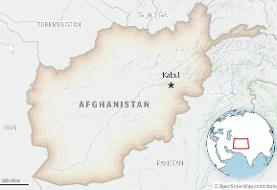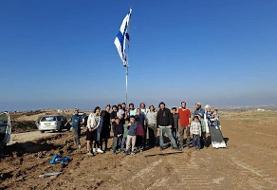In the fifteenth century, the city of Venice was the principal gateway for the arrival of highly valued knotted-pile carpets with geometric designs from the Ottoman Empire. When the Portuguese opened the sea route to India in 1498, Asian carpets became more accessible to consumers in Europe. In Iran, the Safavids decided to seize the opportunity and capture this new overseas market. A revolution occurred in Safavid production with the rise of an urban carpet industry that reacted swiftly, embarking on innovative changes to materials, colors, designs, and dimensions to compete with cheaper Turkish carpets. In Europe, a craze ensued as the elite looked to substitute their old-fashioned geometric carpets with new floral ones, turning the floors of their palaces into gardens. In this talk, Jessica Hallett, curator of the Middle East and China at the Calouste Gulbenkian Museum, Lisbon, will address how the synergy between makers in Iran and consumers in Europe created this “craze.”
Jessica Hallett was guest curator for Iraq and China: Ceramics, Trade and Innovation at the National Museum of Asian Art (2004). She has curated many exhibitions in Lisbon, since then, including The Oriental Carpet in Portugal at the Museu Nacional de Arte Antiga (2007) and The Rise of Islamic Art at the Calouste Gulbenkian Foundation (2019), both of which were awarded national prizes. Her publications include various academic articles and catalogues on ceramics, textiles, and carpets as well as the book Mamluk Glass in the Calouste Gulbenkian Museum (2000). She is currently preparing with Clara Serra a catalogue of Gulbenkian’s renowned carpet collection.
Register here: https://smithsonian.zoom.us/webinar/register/WN_I6w65FMNQtqOrQgSnzy17Q
Contact the organizer for latest event info. Kodoom.com is not responsible for any changes made in the above information. Report or Flag this event























































